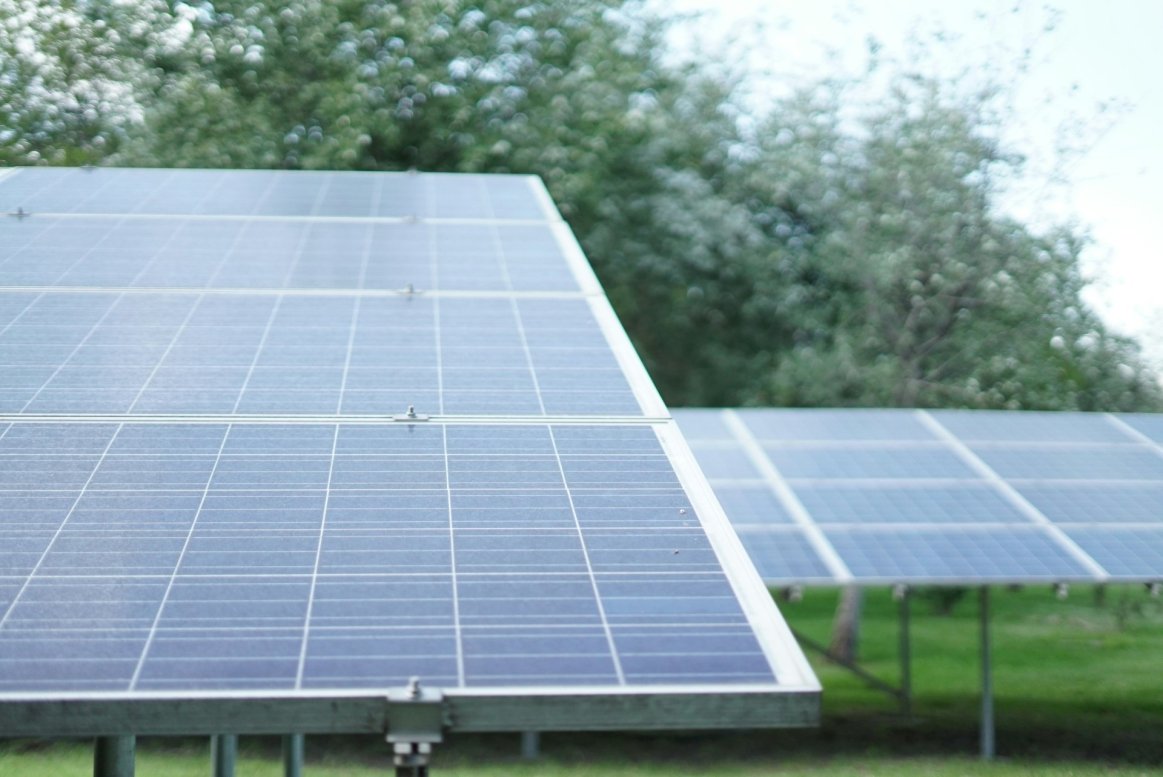
For the first time since 1984 energy generated by renewable sources outweighed nuclear generation in March and April of this year. Although strong springtime solar and wind production coupled with scheduled maintenance at nuclear plants resulted in the inflection of generation, this pattern more broadly reflects the reality that renewables will continue to increase their share of the U.S. energy generation mix. Paramount to the evolution from centralized thermal generators to distributed and intermittent energy sources is grid reliability. With this in mind, Underwriters Laboratories (UL) and the California Public Utilities Commission (CPUC) issued testing standards for PV and grid interactive solar electric inverters (and other power conversion equipment).

UL 1741 SA Advanced Inverter Testing
UL 1741 SA is a product safety standard that lays out the manufacturing (including software) and product testing requirements with the goal of producing inverters more capable of riding through grid excursions or even actively managing grid reliability functions.
Up to this point traditional utility interconnection requirements have dictated that PV systems (read inverters) disconnect from the grid during departures from normal grid conditions. As solar penetration increases across the country, it may no longer be desirable for a PV system to disconnect from the grid entirely as this could exacerbate grid instability.
California Rule 21 Tariff
As taken directly from the CPUC, “Electric Rule 21 is a tariff that describes the interconnection, operating and metering requirements for generation facilities to be connected to a utility’s distribution system, over which the California Public Utilities Commission (CPUC) has jurisdiction.” In other words, Rule 21 lays out the specific parameter settings to be used with the test methods of UL 1741 SA in the State of California.
For more information on California Rule 21 compliance by utility see the link.
Below is a summary of the tests of performed under UL 1741 SA.
- Anti-islanding
- Low/High Voltage Ride Through
- Low/High-Frequency Ride Through
- Must Trip Test
- Ramp Rate (Normal & Soft-Start)
- Specified Power Factor
- Volt/Var Mode
- Frequency Watt
- Volt Watt
As mentioned above, the goal of these testing standards is to make PV systems and the grid more resilient during both normal and abnormal operating conditions. Take anti-islanding, for instance. During a grid shutdown, PV systems must disconnect from the grid to protect utility workers sent out to repair the circuit. As PV penetration increases it can become more difficult for PV inverters to sense the grid is down. Active grid support functions from other PV systems may impede the ability of an inverter to detect an island situation, and thereby not disconnect from the grid.
UL 1741 SA and Rule 21 enhance anti-island testing to ensure PV systems disconnect when required.
In contrast, voltage and frequency ride through and ramp rate control testing ensure PV systems act in a predictable fashion as the grid experiences fluctuations to its operational thresholds. For example, during a departure from standard grid frequency, it is not desirable to have larger amounts of PV systems disconnect from the grid as this would further complicate the frequency problem. Similarly, ramp rate control allows grid operators the ability to balance thermal generation output against PV output while maintaining grid stability.
For more information on UL 1741 SA, see the link.
Some inverter manufacturers have already announced compliance of their inverters with UL 1741 SA and Rule 21, including:
- Enphase
- Fronius
- SMA
- SolarEdge
- Yaskawa - Solectria


